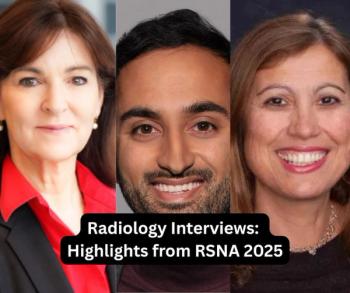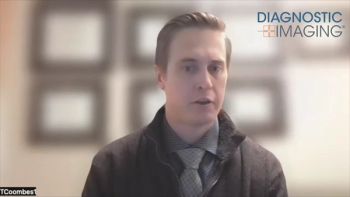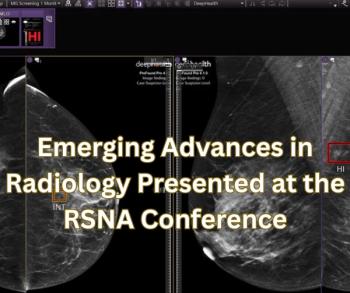
PACS image retrieval uses morphological features
One feature missing from PACS is the ability to retrieve images by parameters other than patient name, medical record number, or exam date, according to researchers at a scientific session at the RSNA meeting. The evolution of PACS and digital imaging
One feature missing from PACS is the ability to retrieve images by parameters other than patient name, medical record number, or exam date, according to researchers at a scientific session at the RSNA meeting.
The evolution of PACS and digital imaging has led physicians to desire images extracted on morphological features, said Dr. K. Awai, of Rinku General Medical Center in Izumisano, Japan.
"If we can extract these features from images, then we can retrieve images with morphological similarity to an undiagnosed problematic case from a PACS database, thereby assisting the radiologist in differential diagnosis," Awai said.
In a preliminary study using chest CT data from their hospital's PACS, Awai and colleagues designed a retrieval system consisting of four main processes:
?First, the lung fields were segmented and the pathological area in the lung defined in each case.
?Second, the features of location, extension (volume), shape, density, and texture of the pulmonary lesion were extracted from each image.
?Third, similarity was calculated between original key images and target images for all features separately and the total similarity calculated by the weighted sum of those similarities.
?Finally, the cases were sorted by degree of similarity to the original key images.
Researchers used 218 cases to examine performance of the new retrieval system:
?42 primary lung cancer cases;
?15 metastatic lung cancers;
?18 cases with pneumonia;
?41 interstitial diseases; and
?102 cases with normal lungs.
The average time taken to retrieve images was 70 seconds using a Pentium II class, 550-MHz computer. Image retrieval based on morphological feature proved to be useful in making differential diagnosis and is therefore a promising step in a PACS environment, Awai said.
Newsletter
Stay at the forefront of radiology with the Diagnostic Imaging newsletter, delivering the latest news, clinical insights, and imaging advancements for today’s radiologists.




























